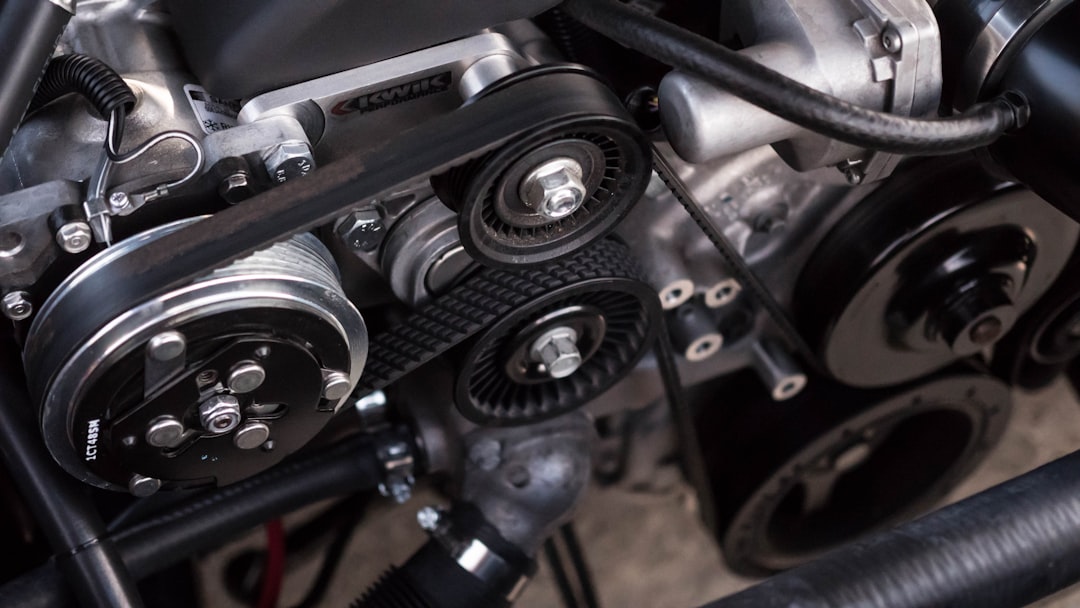- Luxury Car Deals
- Posts
- How To Buy Your Dream Car For Free
How To Buy Your Dream Car For Free
The Blueprint To Buying an Exotic or Sports Car The Right Way

You’ve always been dreaming of a Porsche Turbo, Ferrari 458, McLaren 570S, or something else of the ilk. You’ve also heard that cars are depreciating assets and terrible investments. That actually couldn’t be further from the truth when done right. Below is a quick preview and overview of how it’s possible to get your Dream Car and pay nothing (or close to it) once selling it.
An Overview of Economics & Theory
There are certain exotic cars that will maintain value and in some cases increase in value. This is the opposite of traditional cars, which continue to lose value over time. Exotic cars and certain sports cars are limited in supply, but always high in demand. There were 15-20,000 Ferrari 458 made EVER compared to something like 747,000 Tesla Model Ys sold in just ONE year. If you follow the right steps it’s actually possible to buy your Dream Car, drive it for a year, and then sell it for the same price or even less a year later. Even assume you sold something like a Ferrari 458 for $5,000 less a year later… that means you paid $416 per month to drive a Ferrari. That’s less than the lease price for a brand new Toyota Camry.
Do Not Buy New
Depreciation is the greatest during the first few years of a car's life. For instance, a brand-new Lamborghini Huracan can depreciate by up to $100,000 in its first year. By buying a model that's 2-3 years old, you've already let someone else bear that initial loss. Think of it as buying a car for $250,000 rather than $350,000 and selling it a couple of years later for close to your purchase price.
(There are certain cases where buying a brand new exotic can make sense, but that is another topic.)
Understanding Total Time of Ownership (TTO)
Time of Ownership (TTO) is an important factor here. You’re not buying a car that you will hold forever. Instead, you’re buying a car that you plan to hold for as little as 9 months and maybe a maximum of 2 years. The average is really just around 1 year.
Mileage Matters
An exotic car's value is directly linked to its mileage. For example, a 2013 Ferrari 458 with just 10,000 miles may fetch up to $20,000 more than one with 30,000 miles. The rule of thumb is to put on about 3,000 miles or less per year. A 458 with 10,000 miles in 2023 means it’s been driven only about 1,000 miles per year. That’s great. It doesn’t mean you should add 20,000 miles. It means that if you add 3,000 miles and sell it with 13,000 miles, it won’t take a depreciation hit.
Spec Is Critical
The right spec is incredibly critical to finding a car that will not only hold value, but be undervalued when you buy it. Some dealerships will take a car in on trade and not properly value the spec. What do I mean by spec? Specific paint colors, options, and more. On a car like a McLaren or Ferrari, you want as many Carbon Fiber options as possible. See the spec sheet below for a McLaren 570S with tons of Carbon Fiber exterior (though it is missing the interior).

You’re Looking For A Car That Has Hit The Bottom of The Depreciation Curve
It’s important to find vehicles that have hit the bottom of the depreciation curve. This means you’re usually looking for the last model of a car OR the early years of a car model that has been out for quite a bit. In 2023, you’re looking more at a Ferrari 458 or McLaren 570s than a Ferrari F8 Tribute or McLaren Artura. For Porsche it would be a 991.1 Turbo S from 2014/2015 vs. a 992 Porsche Turbo S from 2023..
Always Get A Pre Purchase Inspection (PPI)
An Audi R8 with hidden gearbox issues could cost you upwards of $15,000 in repairs. A PPI might cost $500 but could save you from unforeseen expenses, ensuring you don't eat into potential profits or savings. It’s all about minimizing exposure during the life of the purchase. One costly repair can wreck the Total Cash Outlay for the car.
Get Your Credit In Order
The stronger the credit score, the better. Let’s take a $120,000 Acura NSX. If you assume that you are holding it for one year, the difference between a 4.5% and 6.5% loan can be huge. According to the amortization tables, you’d pay $4,862 in interest in the first year on a 4.5% loan, while you’d pay $7052 on a 6.5% loan in the first year. That’s $2190 or $182.50 MORE, just in interest in the first year.
It’s also good to start building your credit so you can continue to buy higher priced cars. You might get a loan for $100k in year one, then $150k in year two after showing good history. Buying power is critical.
Tax Strategies
In most states, you pay tax when buying a car. The most important thing you can try to do is carry forward the tax from your trade-in. This usually means having a dealer process the trade-in so they can hold it for your next purchase. For example if you trade in a Jaguar F Type for $60,000 and buy a Porsche Turbo S for $125,000, you would only pay taxes on the $65,000.
Another more expert strategy is buying the car using a Montana LLC. It’s a complex structure that is best saved for another article.
What YOU Sell It For, NOT What You Buy It For Matters
The exit value of the car is what determines the Total Invested Amount (TIA). It’s important to put the right effort into listing your car when it’s time to sell - photos, sharing spec, properly pricing it, etc.
It’s also important to not focus on the lowest price, but best value when you buy. Buying the lowest price car might mean a terrible exit value, costing you money, and make the Total Invested Amount, much higher than you’d like.
Knowledge, research, and a strategic approach are crucial. Each car is an investment, and understanding the nuances of the exotic car market can make the difference between a dream drive and a costly mistake.




